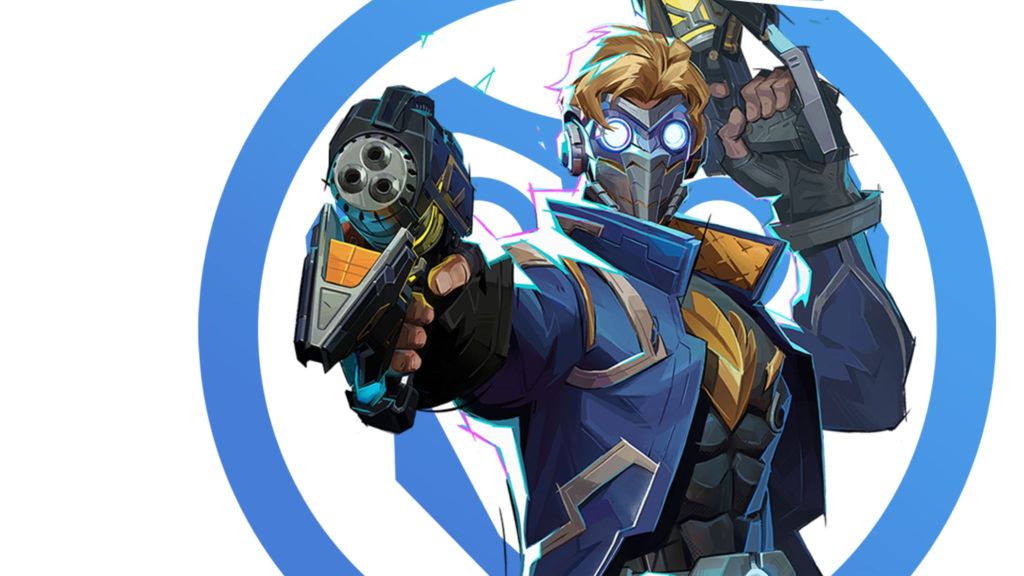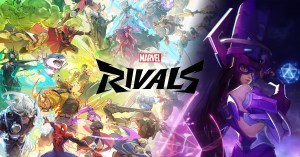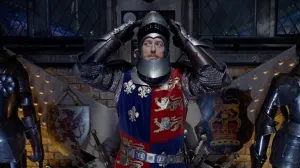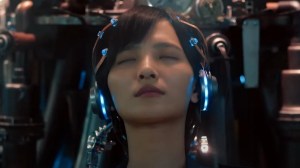In one of the final major video game releases of 2024, Marvel launched Marvel Rivals, its first major free-to-play, live-service “hero shooter” game. Uncharacteristically for the mighty Marvel hype machine, the game arrived with a surprisingly low-key marketing campaign. As it turned out, that didn’t matter — within days, Marvel Rivals became a global hit and one of the year’s most popular games. The surprises didn’t stop there. Just a few weeks after the fan-favorite game’s debut, Marvel released Marvel Rivals: Infinity, a six-issue limited comic series adapted from the game. While it didn’t achieve the same blockbuster status as its video game counterpart, the comic still found success, with Polygon calling it “a comics run for the ages.”
Videos by ComicBook.com
Since its debut, the Marvel Rivals comic book has become one of Marvel’s most talked-about new properties. Its presence expanded earlier this month with the release of Marvel Rivals: Hellfire Gala — which, in a man bites dog twist, positions it to outlast its video game counterpart, potentially.
All Roads Lead to Doctor Doom

In Marvel Rivals, teams of six characters battle each other in last-team-standing duels. Just like in the comic books, victory or defeat hinges on how well a team’s members combine their individual abilities to overcome their opponents. Of course, many modern video games — especially those from unparalleled storytellers like Marvel Comics — feature an underlying narrative to help players immerse and engage in the gameplay. The lore helps make the experience feel like you’re not just playing a game, but shaping or even living the story. This is a vibe unique to gaming, and one that Marvel Comics is exceptionally qualified to leverage.
The story behind Marvel Rivals revolves around a catastrophic event known as the “Timestream Entanglement,” a crisis affecting the Marvel multiverse triggered by a conflict between the Dr. Doom of the current continuity and the Dr. Doom from 2099. Their clash throws the multiverse’s timestream into chaos, resulting in the creation of a new entity: the Chronoverse. The Chronoverse pulls heroes and villains from various alternate universes and realities within the multiverse into its reality. To return to their respective realities, the characters must resolve the Timestream Entanglement. Naturally, different approaches to resolving this crisis emerge, leading to conflict among the heroes and villains trapped in the Chronoverse. Those conflict plays out in battle, forming the core purpose of the game.
Marvel Rivals is More Than Just a Video Game

As its title suggests, Marvel Rivals: Hellfire Gala, a one-shot comic by Paul Allor, Lica Claretti, Daniel Scalisi, and Ig Guara, introduces the uniquely captivating Hellfire Gala — and all its behind-the-scenes intrigue — into the Marvel Rivals franchise. This time, however, instead of serving as a rare moment where mutants, humans, aliens, and gods can “break bread,” mingle, and peacefully coexist for a few hours, chaos erupts when Ultron crashes the party to steal Cerebro and its treasure trove of vital mutant data. It’s a compelling continuation of the Marvel Rivals storyline, one that expands its comic book footprint and hints that Marvel may have bigger plans in store.
Indeed, in addition to the Hellfire Gala, the Marvel Rivals comic book franchise includes several publications: the Marvel Rivals Infinity series (2024), Marvel Rivals trade paperback, and one-shot books such as Marvel Rivals: Ignite and Marvel Swimsuit Special: Friends, Foes & Rivals. Furthermore, later this year, Marvel will be releasing a prequel story titled Marvel Rivals: Timestream Adventure.
Is Marvel Rivals the Future of Marvel Comics

The Marvel Rivals comic book franchise delves deep into the stories, characters, and lore of the “Timestream Entanglement” event—explaining its origins, the heroes it has impacted, and its far-reaching consequences. Beyond the game’s narrative, the comics expand the world-building with backstories and context for the conflicts players encounter, including characters from realities the mainstream Marvel Comics universe has either never explored or only touched upon. For example, the comics reveal new details about Galactus’ daughter, Galacta, and explain why she now fills a role similar to the Watcher’s in the main Marvel universe.
The expansion of Marvel Rivals is a development fans shouldn’t overlook. It may signal a new source of comic book storytelling that appeals not only to traditional readers but also to the massive video gaming community. This marks an intriguing twist in how the Marvel Comics universe has evolved in the 21st century. For the past two decades, original Marvel comic content has typically been adapted into film, television, and video games. Until Marvel Rivals, however, success rarely flowed in the opposite direction. Now, as more fans are drawn into Marvel’s world through non-comic media — whether movies, TV, or, in this case, video games — it may be those other mediums that take the lead, with comic books following their example. At least from the Marvel Rivals perspective, that seems to be exactly what’s happening.









